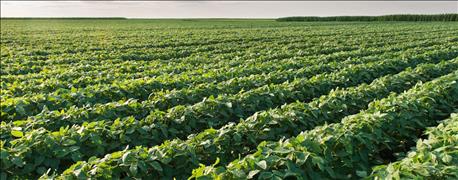February 21, 2016

Farmers currently have the opportunity to save seed from Roundup Ready (RR1) varieties from year-to-year for planting purposes with the potential to reduce seed costs and improve net income compared to buying seed for commercial Roundup Ready 2 Yield (RR2Y) varieties.
However, with all of the new seed technologies available, is the practice of saving and planting RR1 seed a good option for today's growers? That's one of the questions University of Nebraska-Lincoln researchers explored over a three-year study and wrote about in a recent Cornhusker Economics article.
Saving soybean seed

ECONOMICS OF SAVING SEED: In this study, saved RR1 seed, on average, provided an additional $26.61 per acre in net returns over commercial RR2Y.
The issue has multiple dimensions that have to be considered, including the quality and cost of saved (bin-run) seed versus commercial seed, the yield potential of RR1 and RR2Y varieties, and the meeting of legal restrictions.
In a recent issue of Cornhusker Economics Cory Walters, assistant professor of agricultural economics, and Stephen Mason, professor of agronomy, discuss research they conducted at the NU Agricultural Research and Development Center near Mead from 2012 to 2014 and what their findings indicate about this seed-saving practice.
In western Corn Belt areas with similar soil and environmental conditions to those in this study, saving RR1 seed for succeeding years should be a viable alternative for soybean producers. Given present farmer soybean seeding rates and the broad plateau for soybean plant populations producing similar yields, it is not likely that reduction in plant population due to farmer-saved-seed would account for lower soybean yield.
Study results
In this study, net returns for commercial RR1, saved RR1 seed, and commercial RR2Y were positive in 2012 and 2013, and negative in 2014 (Figure 1). A soybean price decline of 32% between 2013 and 2014 was the primary factor causing negative economic returns in 2014. Results for saved RR1 seed indicate a higher net return over commercial RR2Y of $31.28 per acre in 2013 and $21.95 per acre in 2014.

As a result, saved RR1 seed, on average, provided an additional $26.61 per acre in net returns over commercial RR2Y in this study.
Read the full article at Saving Roundup Ready Soybean Seed.
Read more articles on farm management, agricultural policies, and agricultural economics in previous issues of Cornhusker Economics.
Sources: UNL CropWatch, Cornhusker Economics
You May Also Like




